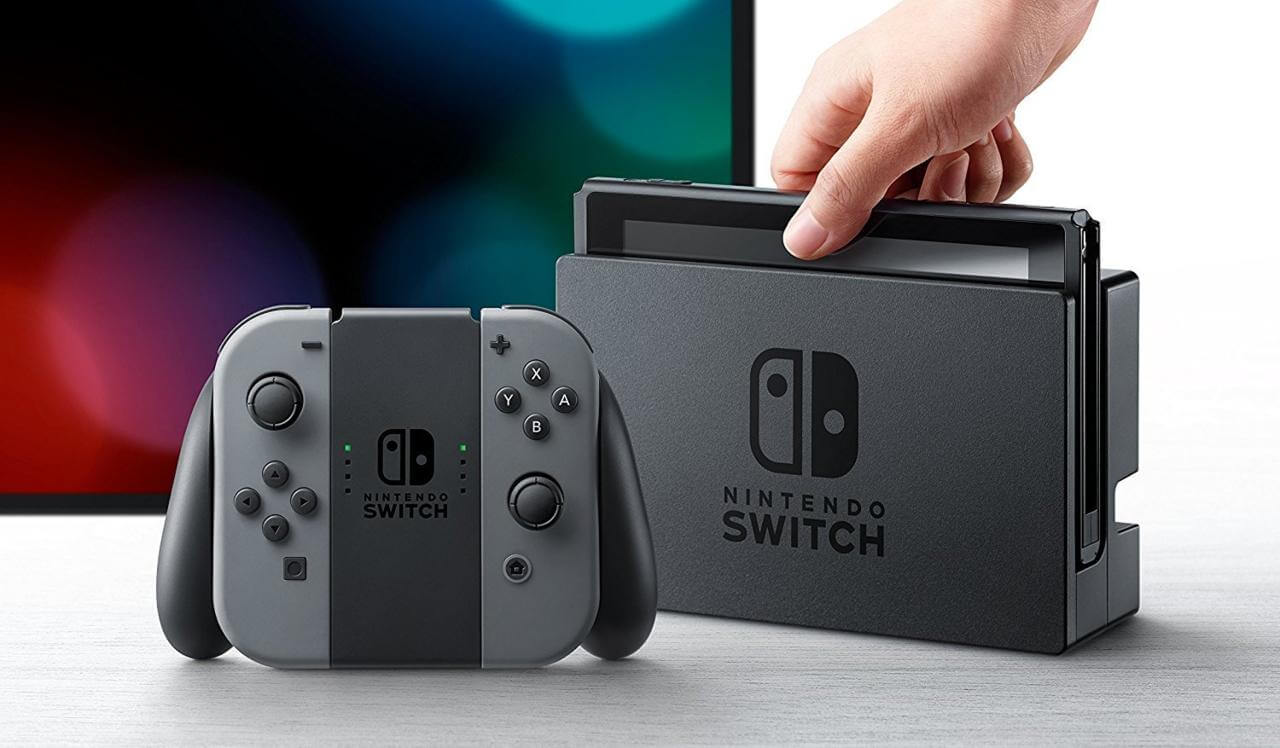Demand for Nintendo Switch remains high, but supply shortages have proven to be a problem since launch. Nintendo continues to work toward alleviating that as we head into the holiday season, where it expects to sell a ton of systems, but it reportedly has its sights set much higher in 2018 and beyond.
During the current fiscal year, which runs from April 2017 through March 2018, Nintendo expects to sell 14 million Switch units. Combined with sales from its launch month in March, that will bring it to a total of nearly 17 million units in its 13 months of availability. According to sources with „direct knowledge“ speaking with the Wall Street Journal, Nintendo plans to potentially produce a whopping 25 to 30 million units during its next fiscal year (April 2018 through March 2019).

Nintendo has reportedly begun informing business partners about these plans. Depending on how well it sells during the holiday season, Nintendo could increase that figure further, according to the WSJ.
As part of its recent earnings report, CEO Tatsumi Kimishima said that Switch production would increase for the holidays, and that manufacturers have upped the number of production lines assembling Switches. The WSJ notes this typically will only happen when a company agrees to the deal for an extended period of time because of the costs involved. That suggests the extra work lines may not be a short-term move.
If Switch sells as well over the next few months as Nintendo expects, the system will top lifetime sales of the Wii U, which sold 13.56 million units. It would also bring it close to lifetime sales of GameCube (21.74 million). Should Nintendo indeed make 25-30 million units next year, eventual sales of those systems would push it past N64 (32.93 million), although the company’s best-selling home console, Wii (101.63 million), is still much further off.
Nintendo’s handheld unit sales may actually be the better point of comparison. A survey released as part of the recent earnings report shows that the bulk of Switch owners use it in both handheld and docked modes. However, there are more who use it exclusively as a handheld than those who only use it when connected to a TV. Nintendo’s handhelds have traditionally sold better than their console counterparts–DS lifetime sales are 154 million–in part because of the potential for a single household to buy more than one.
Nintendo isn’t making additional units just so they can sit on store shelves. It’s unclear what exactly is driving its optimism, but one possible explanation is the launch of a major game or games. Nintendo’s 2018 and 2019 lineup has not yet been detailed, but we do know Metroid Prime 4 is on the way, as is a Pokemon „core RPG.“ Metroid does not yet have any kind of release date, while Nintendo lists Pokemon for a „2018 or later“ launch.
Website: LINK


